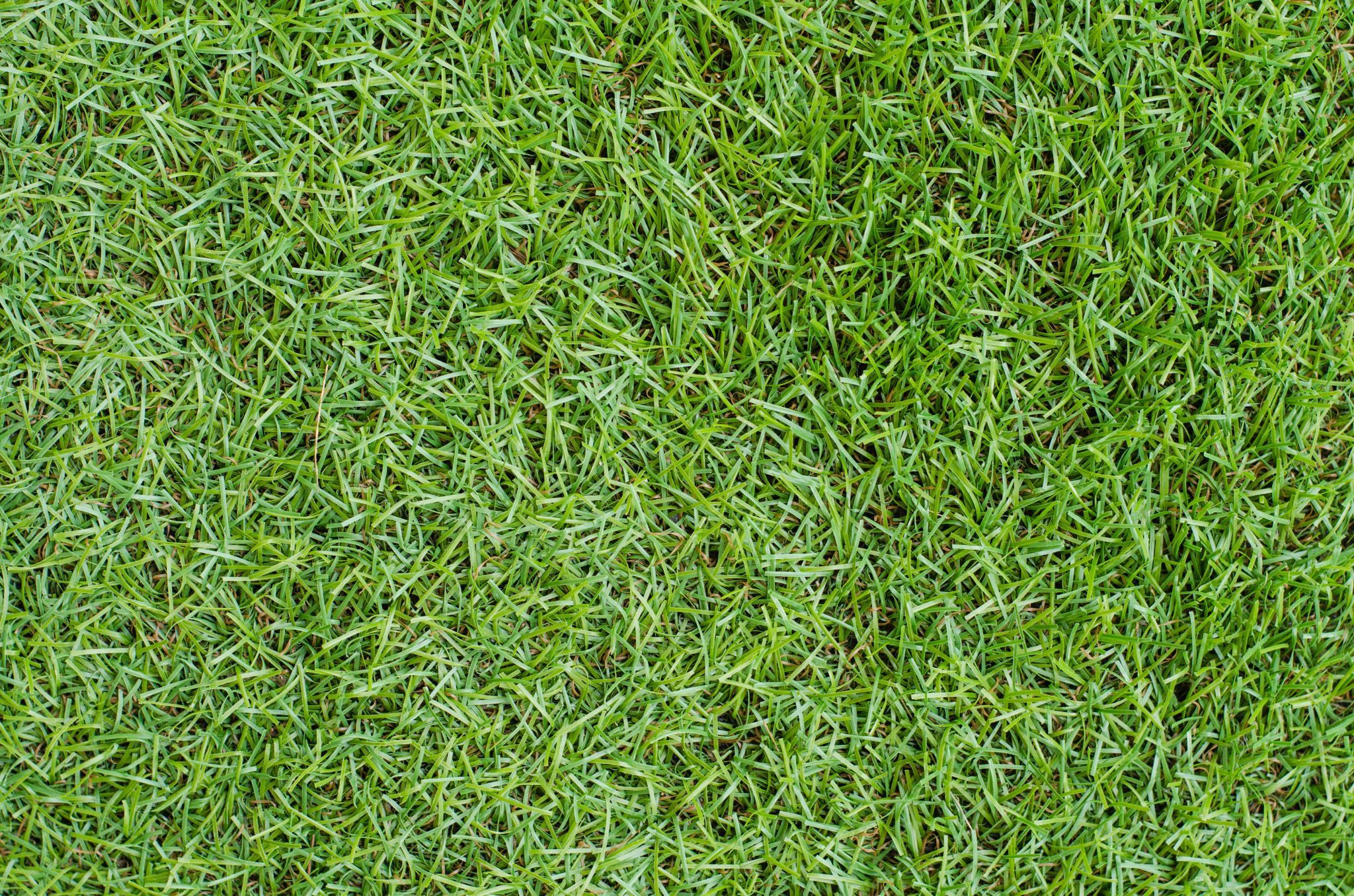Lawn & Garden

AUBURN UNIVERSITY, Ala. – Grab the water hose, put out the fertilizer and sharpen the mower blades—it’s turfgrass season in Alabama. The correct treatment plan for a specific lawn type is key to turf growing success. Professionals with the Alabama Cooperative Extension System provide scientifically proven methods for having the best possible lawn.
This article is part three in a three-part series highlighting a few of the most popular turfgrass species in the Southeast. In this final article, readers will learn about all aspects of centipedegrass including care tips and what to look for while growing the perfect lawn. Follow Alabama Extension as the dos and don’ts of your lawn care are provided in these resources.
Centipedegrass
David Lawrence, Alabama Extension commercial horticulture regional agent, considers centipedegrass the workhorse of warm-season turfgrasses.
“Centipede is often referred to as a playground grass due to its low maintenance and ruggedness,” Lawrence said. “However, centipedegrass can be a very attractive turfgrass when maintained properly.”
Centipede is a warm-season grass that performs differently than other popular lawn species such as Bermuda or zoysia. This means that treatment recommendations will also differ from these species and centipede requires its own care plan.
The heat tolerance of centipede serves as one of its best attributes. This species’ blades are wide with aggressive stolons (running surface stems) that assist in regeneration. Centipedegrass can be found throughout Alabama, but it is more commonly used in the state’s southern portions.
On the flip side of this grass’ strength lies its weakness. Centipede is susceptible to cold weather which can–in extreme cases–hinder its green-up effectiveness in the spring. Lawrence said 2023’s lower-than-usual temperatures have caused this issue in centipede lawns.
Turf Treatment
Lawrence recommends that residents with centipedegrass apply half a pound to 1 pound of nitrogen per 1,000 square feet. It is important not to overfertilize because it inadvertently reduces growth and will allow for other competition such as weeds to grow instead. He also said centipedegrass is subject to another health issue.
“One common issue with centipede is chlorosis,” Lawrence said. “This is a yellowing of leaf blades that often occurs in the spring and fall. An effective way to correct this issue is to make applications of iron. Iron will provide the green color that is desired without the negative effects of over applying nitrogen.”
Combine these fertilization recommendations with a regular mowing routine to ensure the best centipede lawn. Lawn caregivers should keep mowing heights between 1 and 2.5 inches to avoid scalping issues. However, according to Lawrence, centipede does not have the same scalping effects as Bermuda or zoysia.
Herbicides and Disease
Post-emergent herbicides should be used with caution when applying to centipedegrass. It can be sensitive to certain formulations, so be sure to read the appropriate label before applying. Lawrence said even though centipede is a tough grass, it is susceptible to turf disease. Under the right conditions, brown patch, fairy ring and dollar spot disease can be a problem for centipedegrass.
“Brown patch is typically found in areas that are not well drained or areas that receive too much irrigation or rainfall,” Lawrence said. “Centipede typically requires 1 inch of water per week to maintain an attractive color.”
Extending Knowledge, Improving Lawns
This article concludes a three-part lawn guide featuring bermudagrass, zoysiagrass and centipedegrass.
Alabama Extension has a plethora of information regarding turfgrass as well as other horticultural topics. Contact your local Extension office to get customized information for your county. Lawn enthusiasts may also read the Extension publication, Home Lawn Maintenance for general lawn care practices.

